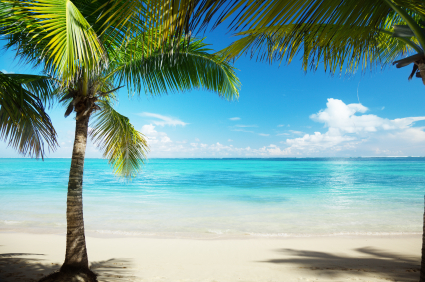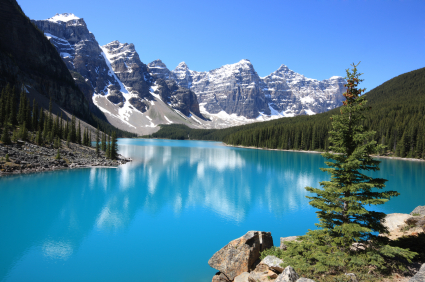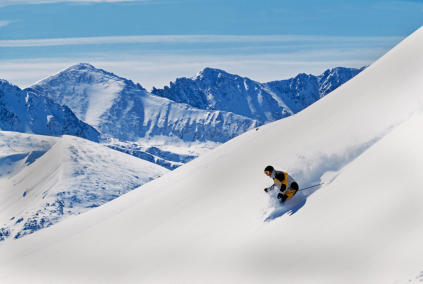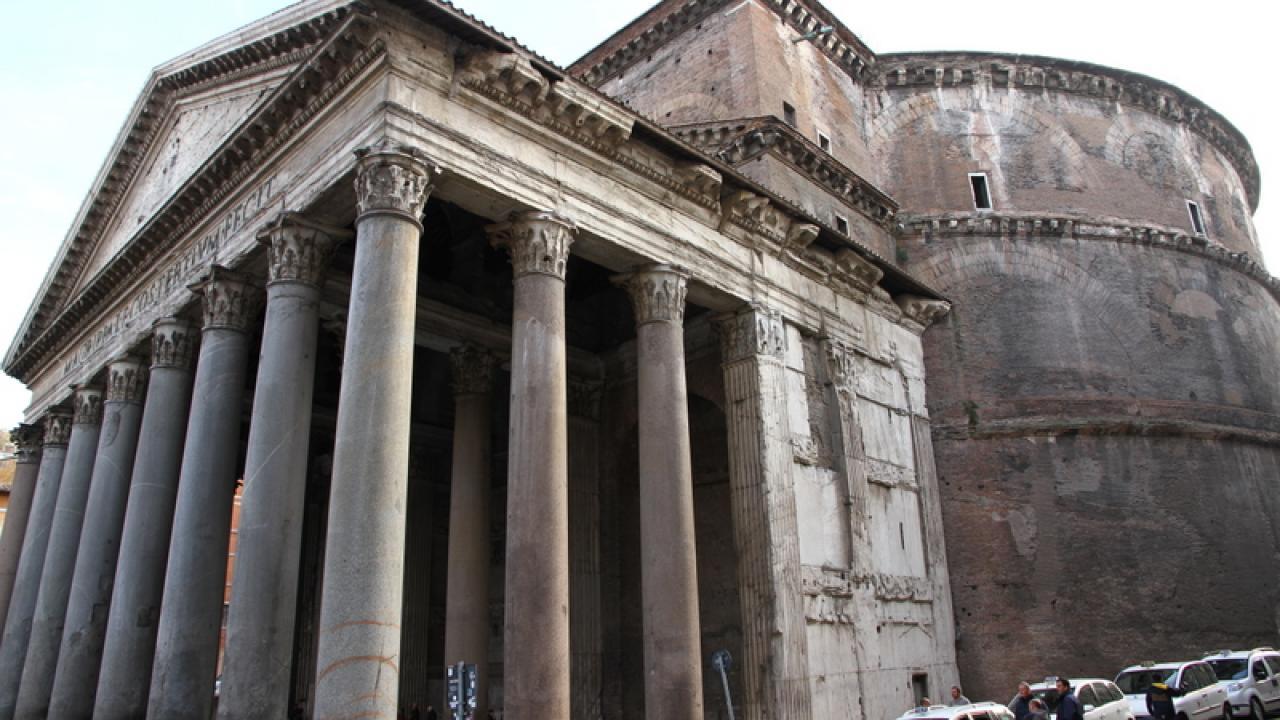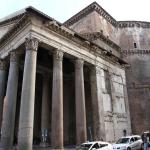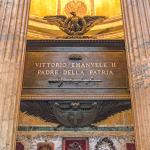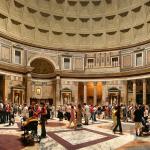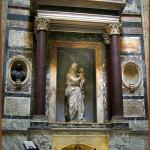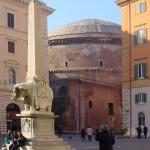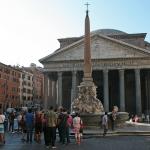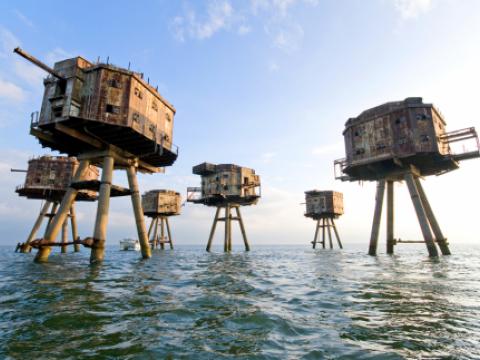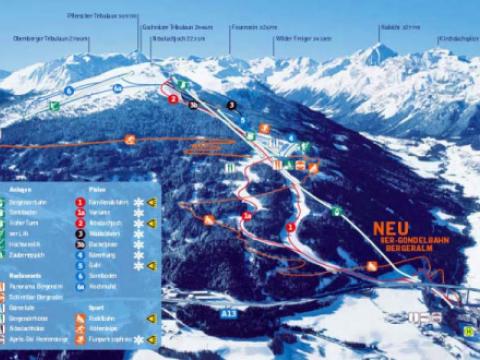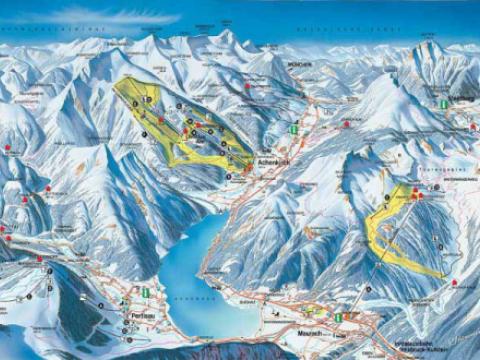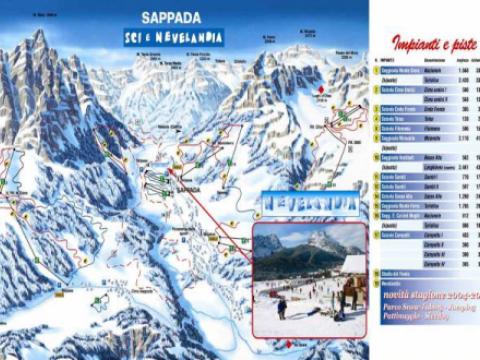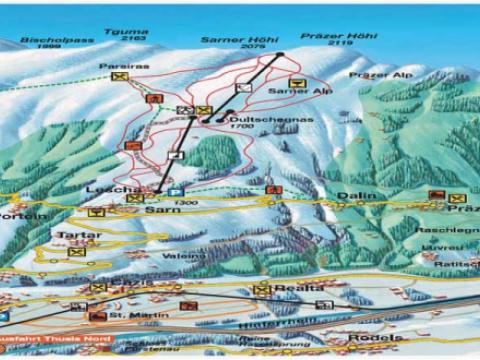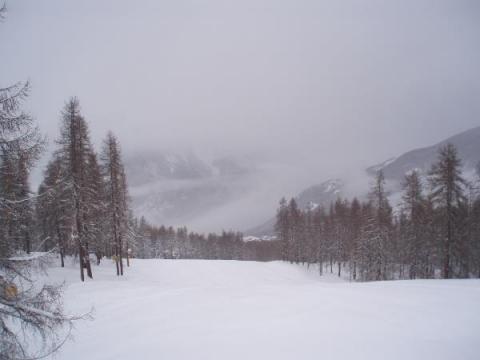Location
Pantheon is one of the best-preserved of all Roman buildings. It was completed around 14AD and has been in continuous use ever since which is probably why it is still in a very good shape. Built in the times of Octavian Augustus, the temple was dedicated to all Gods of Roman religion.
The fascination of the Pantheon lies in its massive dimensions and extraordinary dome. Until 15th century it was the largest dome in the world. Now, almost two thousand years after it was built, the Pantheon's dome is still the world's largest unreinforced concrete dome.
The symmetry of the structure is precisely calibrated – its diameter is exactly equal to the Pantheon's interior height of 43.3m. Light enters through the oculus, an 8.7m opening in the dome that also served as a symbolic connection between the temple and the gods. The entering rainwater drains away through 22 almost-invisible holes in the sloping marble floor.
Since the 7th century, Pantheon has been used as a Roman Catholic church.
In ancient times, Patheon was the epicenter of life in Rome. The city grew grew around it and that is why this place is now located in the very heart of Rome, on the Piazza della Rotonda. Easiest to go there by foot.
Patheon is nowadays used as a Christian church. The admission is free of charge.


